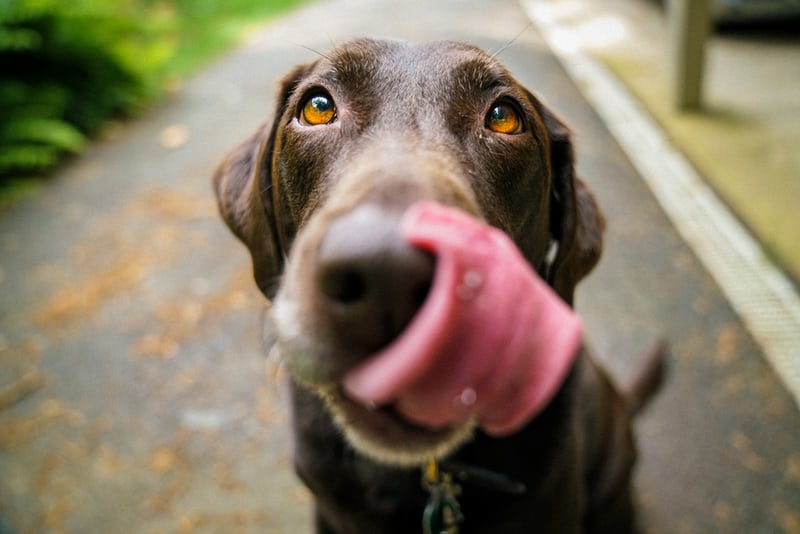Is your dog expecting? It would be helpful if you gave it the particular attention it needs throughout pregnancy. Whelping refers to the numerous methods you might prepare for labor and delivery. You must learn how to be ready for your dog’s wedding day when it brings those young puppies to life.
Indicators That Your Dog Might Be Pregnant
Dogs are pregnant for around 63 days, starting with the day they ovulate and ending with the day their pups are born. Dogs, like humans, go through three trimesters, each lasting around 21 days. Here are a few indications that your dog is pregnant.
Early Warning Signs
Because there are a couple of visible symptoms in the first several weeks, you might not discover a distinction. Your dog will appear typical, though it might get some weight.
Some dogs experience morning sickness for just a few days, around the 3rd or fourth week. (Hormonal modifications cause it.) Your pet might appear worn out and eat less than regularly. Some dogs vomit a bit. If yours does, feed them little meals throughout the day.
Mid-Way Indications
Take the dog to the vet immediately when you believe it is pregnant. It is suggested to take them for a prenatal examination two or three weeks after breeding. Your veterinarian can respond to any concerns, such as what kind of food pregnant dogs should consume and what changes to expect. If your pet requires any screening, your vet will notify you. Your veterinarian will treat them if they have parasites.
Throughout your visit, your veterinarian can utilize your dog wellness plans by using the ultrasound to examine the growing puppies, normally around four weeks old. During pregnancy, ultrasound is safe. It produces a picture of your dog’s womb using sound waves.
The vet might conduct a blood test in a vet lab on your dog to determine its hormone levels. When dogs are pregnant, their levels of a hormone called relaxin increase. If you wait until the 4th week of pregnancy to take your dog to the veterinarian, the doctor can feel your dog’s stomach to confirm that puppies are on the method. This technique is safe to utilize between the 28th and 35th days of pregnancy and should only be performed by an expert.
Touching the pups too firmly can injure them or trigger a miscarriage. The young puppies will be walnut-sized. They will be evenly put along the uterus, forming the letter V. Each half, called a horn, will contain embryos.
Later Indications
Your dog’s stomach will grow larger by the end of the 2nd trimester. Their nipples will likewise become darker and bigger around this time (around day 40). As the due date method, your pet’s breasts might expand, and a percentage of milky fluid may cause leakage.
If your veterinarian wishes to take X-rays of your dog’s tummy, they might ask you to return during the start of the 3rd trimester (around day 45). Instead of ultrasonography, this can be used to examine the bone structure of growing puppies. It’s one method for approximating the variety of puppies in your dog’s litter.
Your dog’s pregnant stomach will become bigger over time, and it might wobble slightly beneath them as they stroll.
Your veterinarian might wish to visit your pet one last time. During this visit, veterinarians may take X-rays to identify the number of puppies en route and to guarantee they are not too large to get in through the birth canal. If they have become too large, the veterinarian will schedule a c-section.
You will know what to do when your dog brings to life young puppies (known as whelping) and who to call in an emergency. You will also learn how to take care of newborn pups. You can also click here to learn more about it.
Conclusion
As long as there are no difficulties, many dogs don’t require much support in whelping. Its impulses will direct it, but you can provide a safe, secure, warm, and enjoyable environment for its young puppies to let nature take its course. It is best to keep a close eye on things and have a technique in place if anything fails.



